While living in Washington, DC, I spent time volunteering in a local hospital connecting families to health resources. Traveling back home each night, I couldn’t ignore the juxtaposition between the exploding wealth I saw in much of the nation’s capital and the daily struggle experienced by families I met who lived just a couple miles away. I was appalled to learn about the massive health disparities between black and white residents in the city. These disparities still exist today, like the fact that black men have a life expectancy 15 years lower than that of white men, or that mortality rates for people living with diabetes are six times as high for black residents. These shocking inequalities compelled me to pursue nursing, as I felt that better prevention and treatment could help close these gaps.
When I started my first nursing job in a pediatric hospital in Baltimore, I quickly felt limited in my role as a nurse. So many of the preventable health issues I saw were not purely medical but largely social. Take, for example, my asthmatic patients who came to the hospital again and again, sometimes with attacks so severe they ended up intubated in the intensive care unit. They were not simply non-compliant with their medications, as they were so often labeled—whether explicitly in their charts or casually in hand-off between providers. Instead, political, geographic, and environmental factors combined to create conditions in which asthma was more prevalent and harder to control.
The complex reasons behind these patients’ repeat visits are not unique to asthma, but using asthma as an exemplar can show how social and environmental determinants can have a wide-ranging impact on health in general. From exposure to air pollutants, access to medical care, or housing quality, many of the factors that have the greatest impact on health are out of the patients’ and providers’ control. For example, many families in Baltimore still deal with the long-term consequences of an unjust housing system that was discriminatory by design and policies implemented to keep black residents in those areas. Low-income families have less economic and social power to persuade landlords to improve housing conditions, and poor housing quality has been independently linked to higher rates of childhood asthma and more emergency room visits.
Other factors linked to childhood asthma are maternal stress during pregnancy and prenatal maternal smoking. Once again these factors have a strong link to social determinants of health.
Pregnant womens’ stress levels may be impacted by their neighborhoods, whether due to exposure to violence, geographic separation from quality public services and jobs or levels of racial segregation due to redlining. Minority womens’ stress levels are further impacted by the level of discrimination they experience. This discrimination can come from all aspects of life, but can be especially harmful when it comes from health care providers directly.
Such stress affects the likelihood that a mother will smoke. Other environmental factors can have a significant impact on smoking status, like the fact that tobacco companies historically and currently deliberately target lower socioeconomic status minority women with advertising. These environmental factors add up, meaning women of lower socioeconomic status are more likely to smoke, and more likely to have children with asthma, creating widening health disparities.
Now that I am working to become a public health nurse, I realize that I have landed in exactly the right profession to eliminate the root causes of health inequities. Public health nurses have attempted to address the social determinants of health for over a century. Rectifying inequities is not peripheral to improving individual and public health but central to it. The physiological determinants of health are of equal import to the environmental ones. As health care providers, promoting good health includes not just providing preventative guidance and the right treatment but advocating for policies that will decrease societal inequities. In short, we must embrace what the German physician and anthropologist Rudolf Virchow said prophetically in 1848: “Medicine is a social science, and politics nothing but medicine on a grand scale.”
ABOUT THE AUTHOR: SAMANTHA AUSTIN
 Samantha Austin is a Returned Peace Corps Volunteer (Nicaragua 2010-2012) and pediatric nurse pursuing an MSN (Family Nurse Practitioner) and MPH degree. Her interests include maternal and child health, health equity, and community-based prevention.
Samantha Austin is a Returned Peace Corps Volunteer (Nicaragua 2010-2012) and pediatric nurse pursuing an MSN (Family Nurse Practitioner) and MPH degree. Her interests include maternal and child health, health equity, and community-based prevention.
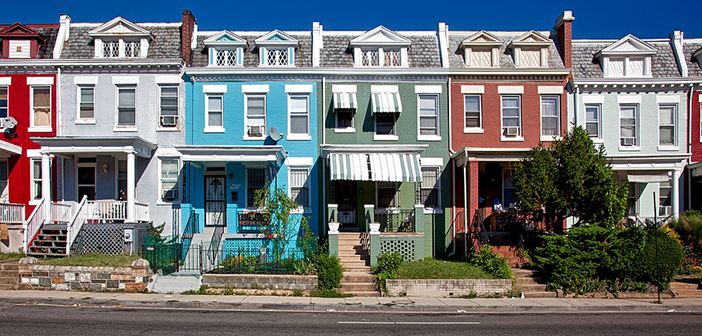
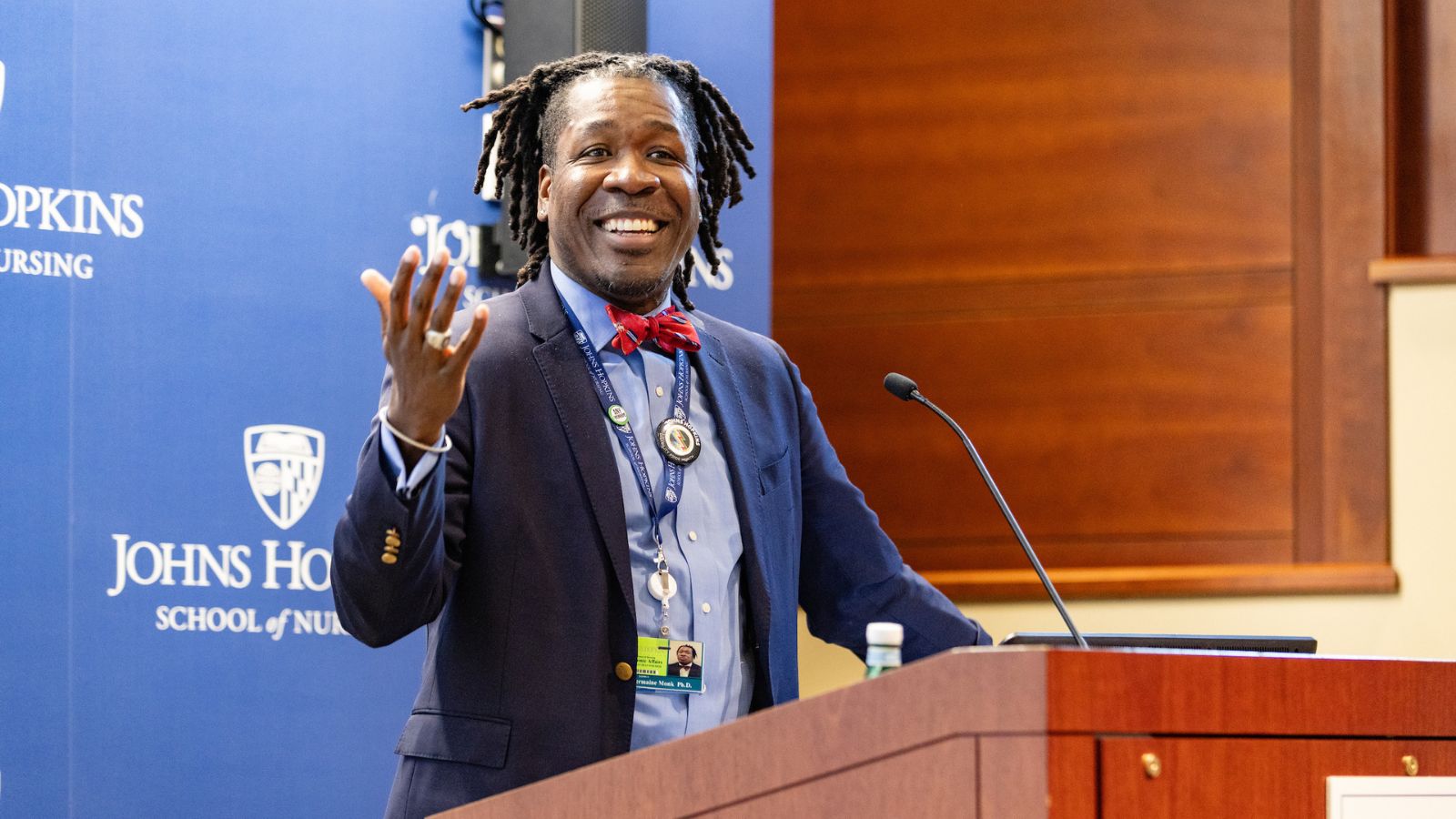 Forging Policy: Associate Dean Jermaine Monk and Education After Affirmative Action
Forging Policy: Associate Dean Jermaine Monk and Education After Affirmative Action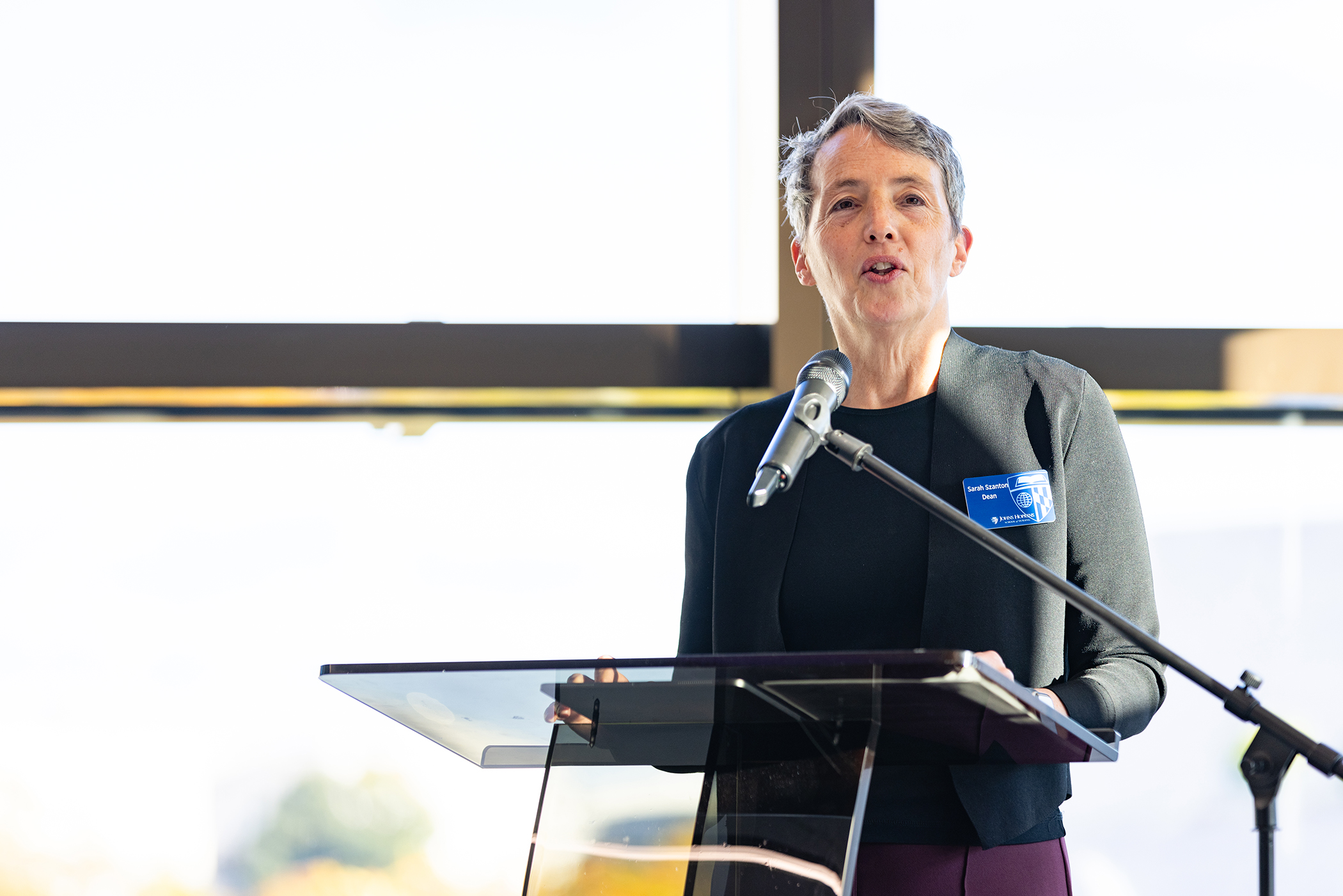 From the Dean: Here & Now
From the Dean: Here & Now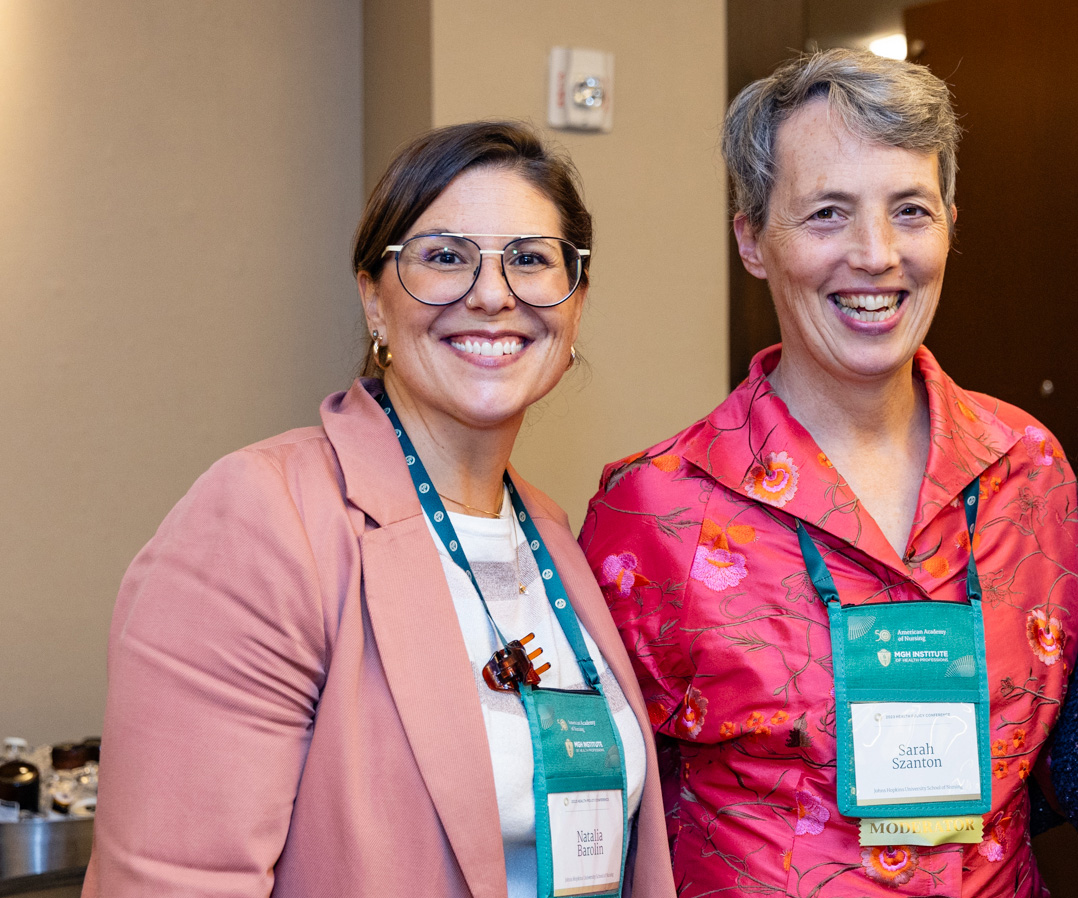 Seizing the Moment on Policy, Equity
Seizing the Moment on Policy, Equity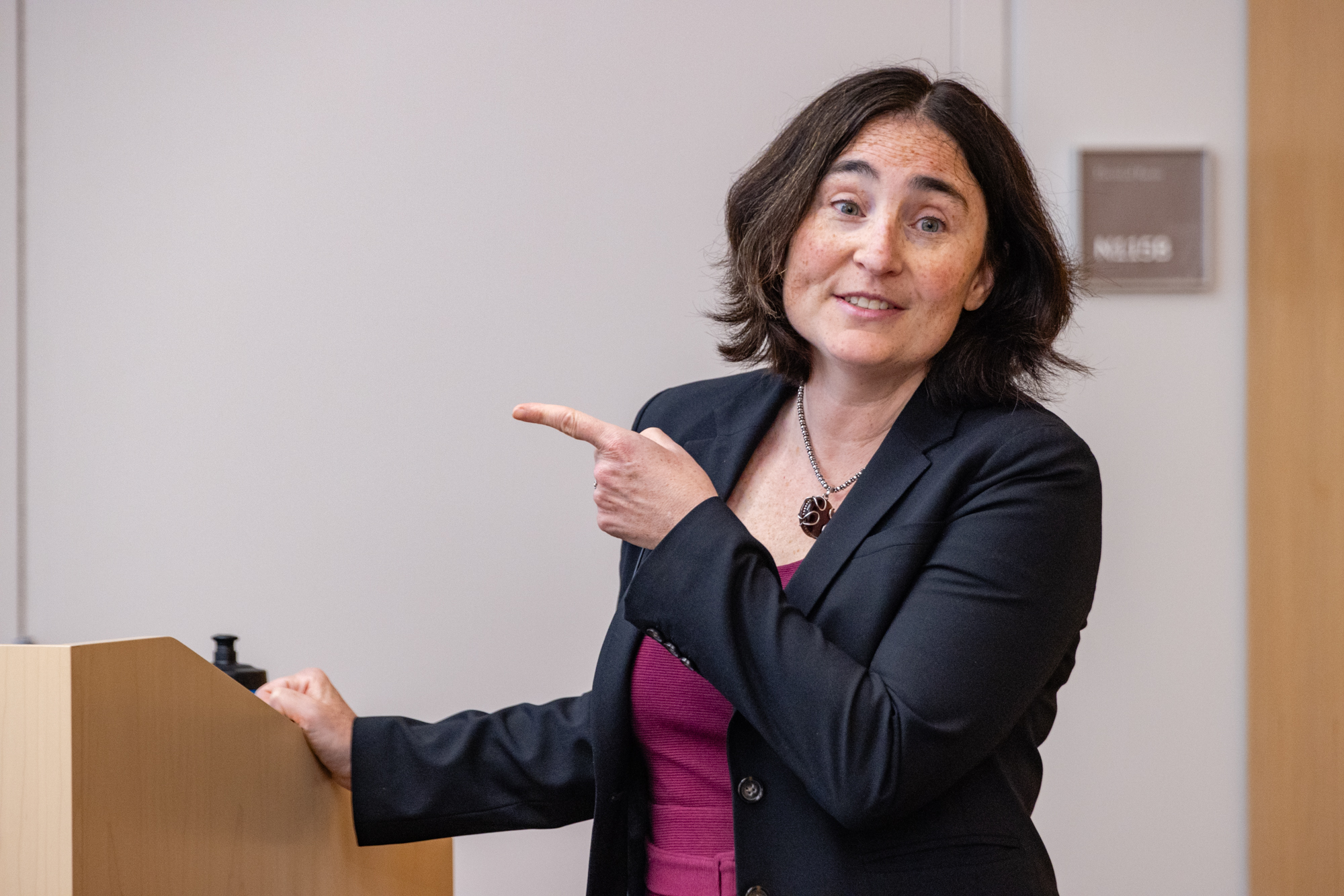 Class News Fall 2023
Class News Fall 2023 Growing CAPABLE
Growing CAPABLE







